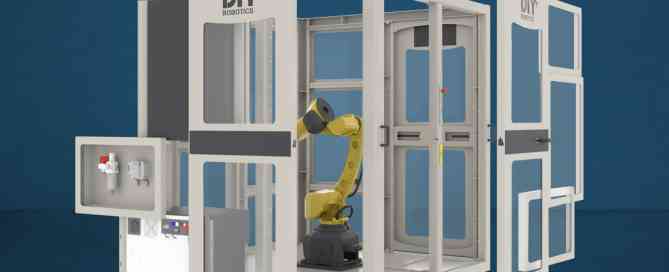USES OF COLLABORATIVE ROBOTS
In recent years, robotics have become increasingly popular in manufacturing, healthcare, and other industries. They offer a range of benefits, including increased efficiency, improved quality, and reduced costs. In this blog post, we will explore one of the types of robots which has become a staple in the industry; these are known as collaborative robots.












